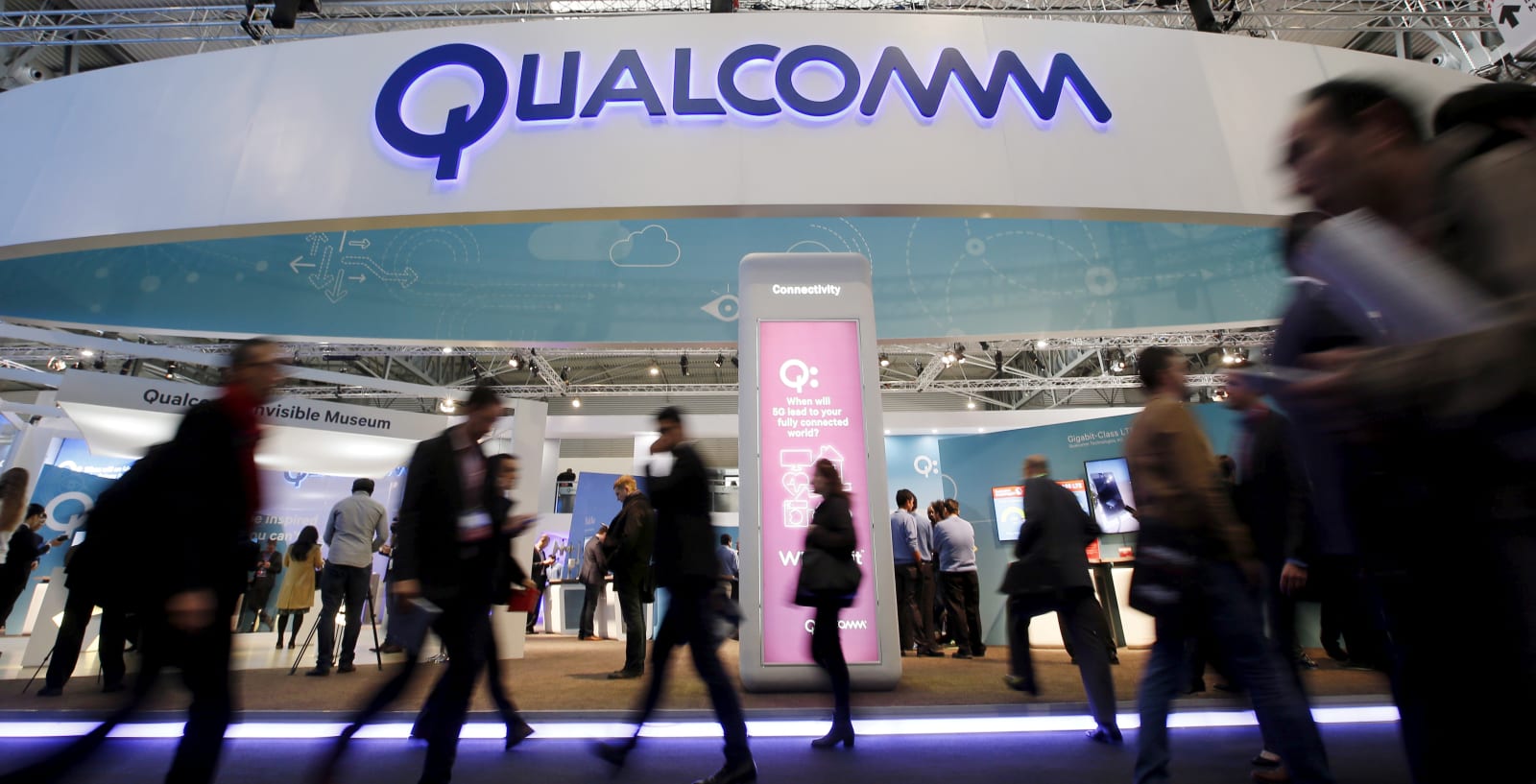
Last we'd heard of HP's Project Moonshot, that effort to create low-energy servers was set to ride on the back of the Calxeda SoC. But for the rollout of its production-ready "Gemini" models, the company's changed tack, replacing the previously announced ARM chips for Intel's Centerton. Why the sudden swap? Well, it seems that new Atom processor delivers the same energy-sipping promise of its predecessor, while also adding 64-bit support, a broader software ecosystem, error correcting code memory and hardware virtualization. That's all well and good, but when you boil it down to layman's terms, HP's really just angling for the ultimate in efficiency and it plans to do that by providing these compact servers in "a [smaller] footprint" than currently available setups. The system's still not quite ready for primetime consumption, given its very recent public outing, however, demo units are in the pipeline, with a planned launch for the end of 2012. If this sort of back-end geekery gets your blood flowing, feel free to hit up the official presser after the break.
Continue reading Project Moonshot take two: HP's low-power Gemini servers let go of ARM's Calxeda for Intel's Centerton
Project Moonshot take two: HP's low-power Gemini servers let go of ARM's Calxeda for Intel's Centerton originally appeared on Engadget on Wed, 20 Jun 2012 18:42:00 EDT. Please see our terms for use of feeds.
Permalink | |
Email this |
Comments
 Qualcomm's interest in robots is definitely more than a passing fancy. It just unveiled RB3, its first all-encompassing platform for robotics. The part is based on last year's Snapdragon 845 system-on-a-chip but is "highly optimized" for drones and...
Qualcomm's interest in robots is definitely more than a passing fancy. It just unveiled RB3, its first all-encompassing platform for robotics. The part is based on last year's Snapdragon 845 system-on-a-chip but is "highly optimized" for drones and...
 Qualcomm's interest in robots is definitely more than a passing fancy. It just unveiled RB3, its first all-encompassing platform for robotics. The part is based on last year's Snapdragon 845 system-on-a-chip but is "highly optimized" for drones and...
Qualcomm's interest in robots is definitely more than a passing fancy. It just unveiled RB3, its first all-encompassing platform for robotics. The part is based on last year's Snapdragon 845 system-on-a-chip but is "highly optimized" for drones and...
 Chip companies are battling Moore's Law tooth and nail, but Samsung says it's the first to start building processors using a 10-nanometer process, ahead of Intel and others. To put that into scale, the transistors will be just 50 times the size of a...
Chip companies are battling Moore's Law tooth and nail, but Samsung says it's the first to start building processors using a 10-nanometer process, ahead of Intel and others. To put that into scale, the transistors will be just 50 times the size of a...
 Qualcomm has revealed the Snapdragon 821, a mobile processor that's around 10 percent faster than its current performance champ, the Snapdragon 820. However, it's not a replacement for that chip, which is used in high-end phones like the Samsung Gala...
Qualcomm has revealed the Snapdragon 821, a mobile processor that's around 10 percent faster than its current performance champ, the Snapdragon 820. However, it's not a replacement for that chip, which is used in high-end phones like the Samsung Gala...







